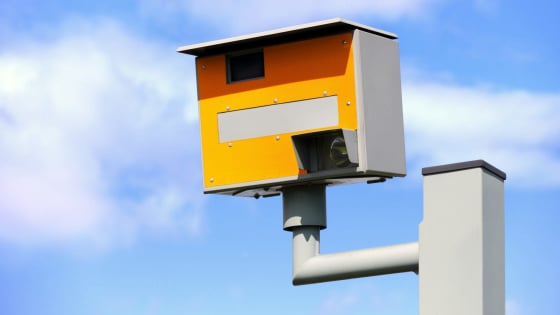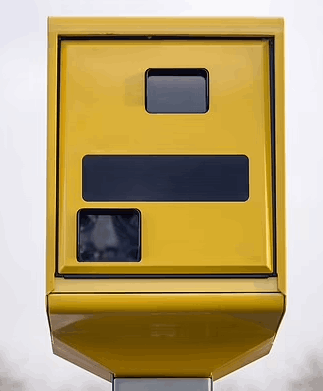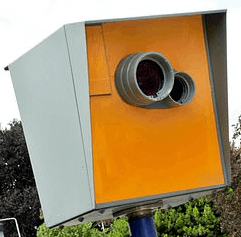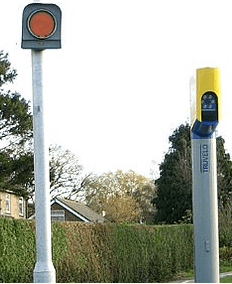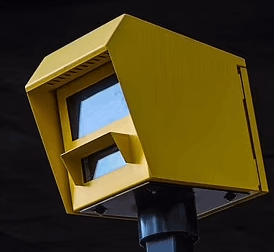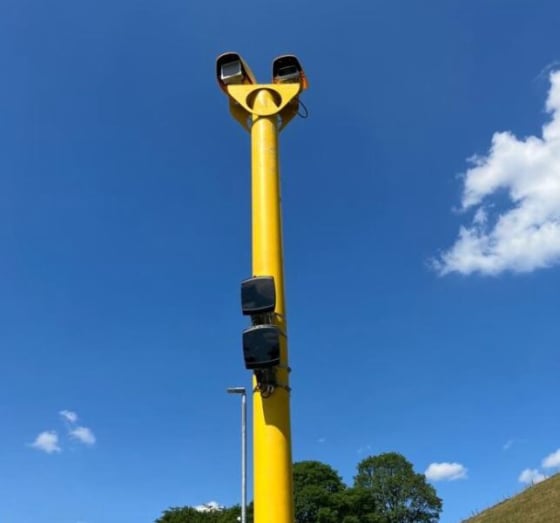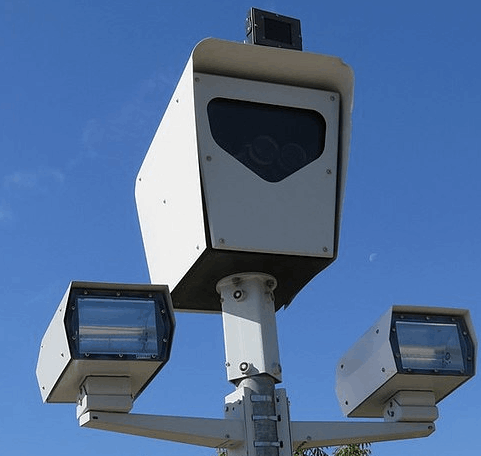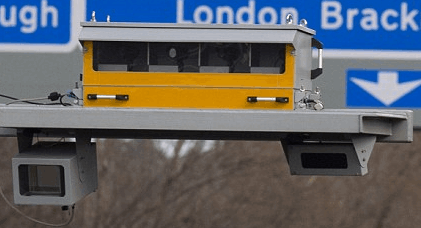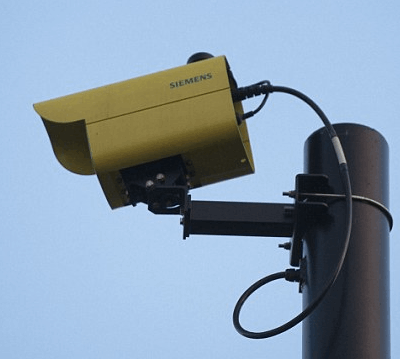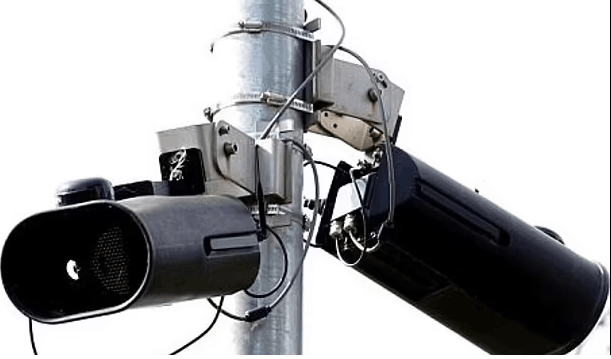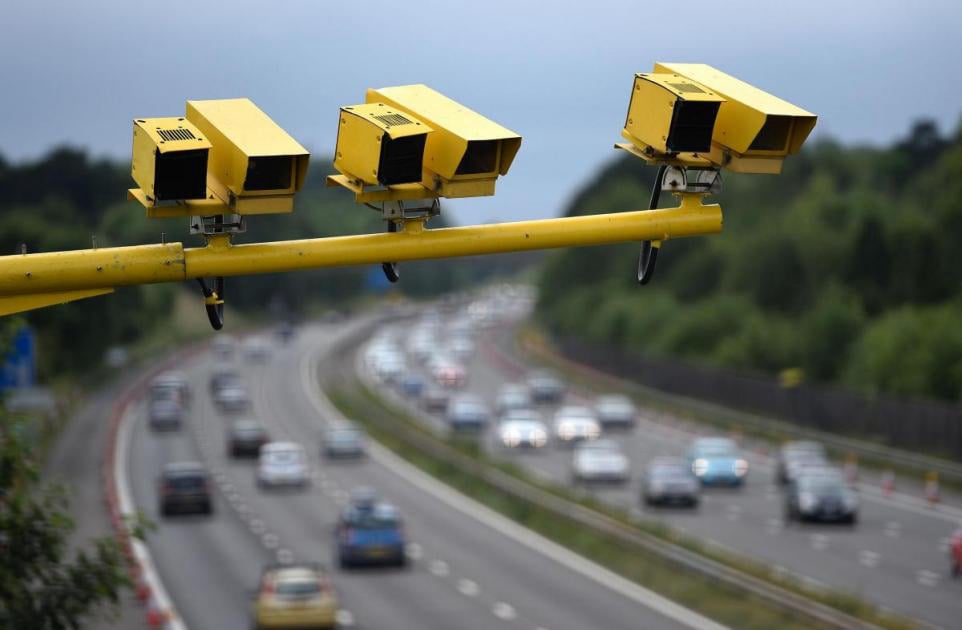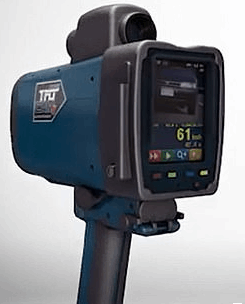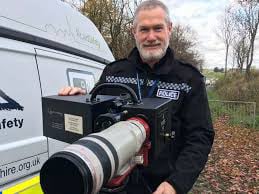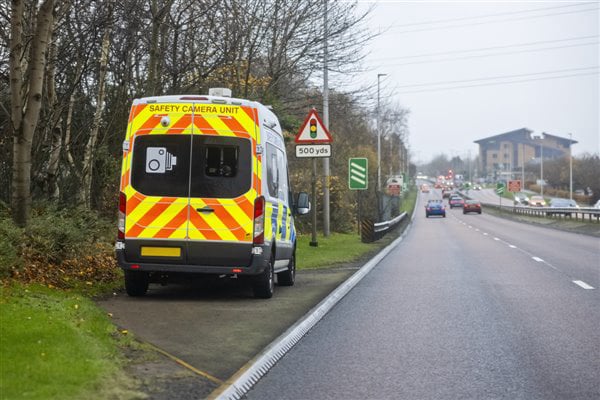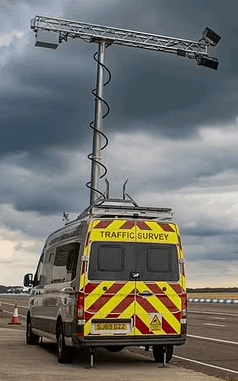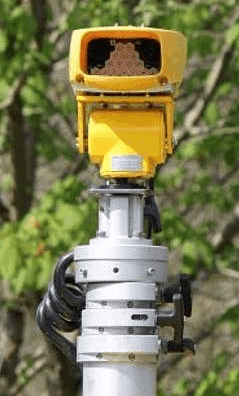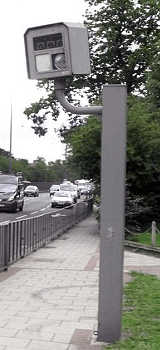There are currently 18 different speed cameras in use within the UK.
The introduction of speed cameras was to reduce road accidents and injuries by enforcing speed limits and catching speeding drivers.
Studies show that speed cameras can reduce the number of fatal and serious injury crashes by 11-44%
The UK Department for Transport estimates that speed cameras have reduced personal injury collisions by 22%
Generally they were placed in areas that had a history of accidents to have had the biggest impact.
The first speed cameras to be introduced to the UK were the GATSO cameras in 1991.
They originally used film to capture speeding vehicles, but now use digital photos. The original GATSO cameras are gradually being phased out and being replaced with the digital versions.
Gatsonides wished to improve his average speed on the race track and invented the device to monitor this. The company later started supplying these as speed enforcement tools.
With the introduction of AI, speed cameras are now able to do more than just catch someone speeding.
They have built in ANPR systems to spot for untaxed, uninsured , or out of date MOT's, as well as being able to record in both direction, spot a driver eating/drinking, using a mobile phone, not wearing a seat belt as well as other passengers within the car. Some are now also monitors noise for areas when noise disturbance has become a concern.
For most drivers on the road, Speed cameras are not a concern and are happy to see them around. If drivers abided by the rules of the road, there should never be a concern.
